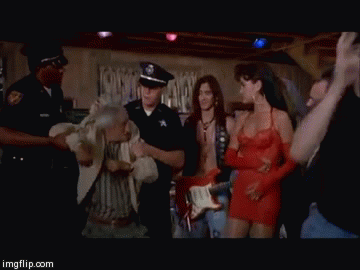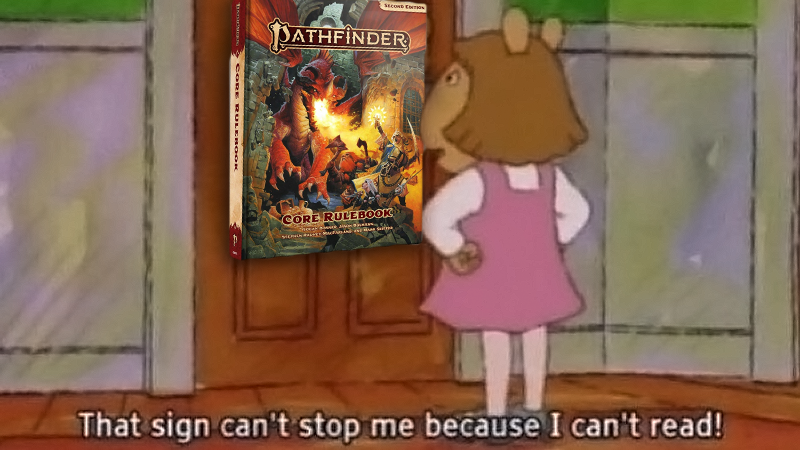Welcome back to Burst of Insight. As I said in my previous blog I’d like to spend some time talking about centering the PCs in your campaign’s narrative. A relatively easy task if you run predominantly homebrew adventures. When you are running an AP it can be a little tougher. Last time, we specifically talked about adding interludes to your adventure path experience. This week I thought we’d talk about players and GMs coordinating to bring these elements to life.
I haven’t delved deeply into many of the actual play podcasts, streams or YouTube shows but I have caught a few episodes of a variety of them and have consistently listened to the Glass Cannon Podcast and Androids and Aliens for quite some time. Something, the cast of the Glass Cannon does particularly well is to collaborate with the GM to produce very compelling flashbacks. As I understand it, typically the flashback scene is written or outlined by the player then, during play the GM, Troy, finds what he feels is the best moment to bring it to life. Troy acts as narrator and plays the NPCs in the scripted scene in much the same way a GM would for any typical scene and as you may have guessed the player provides the voice for his character if there is dialog in the flashback. The effect is amazing.
The reason these scenes work so well is we only get a glimpse . . . and we want to know more. This should be just as true for the other players as it is for an actual play audience. The glimpse is good because it teases us with a few answers but more unanswered questions. On the GCP it’s pretty clear that only Troy and the player of the Flashback PC know what’s going on. It is just as evident that the tantalizing hints affect not only the audience but the other players as well. If your players are willing to buy into the whole group narrative these small revelations should draw them deeper into the story even when their character doesn’t have the spotlight.
As we learn about each player character’s secrets our focus is drawn to that character. A good GM will balance the flashbacks and interludes to keep the spotlight moving from one player to the next. A best practice is to keep a sort of scorecard and make sure one PC doesn’t fall behind or shoot too far ahead of the group with opportunities to take center stage.
Each player should take some time to talk with the GM about what secrets their character may be keeping. The PCs secrets need not be dangerous to the party and should not be used as an excuse to be a jerk. Some characters may not even think of these as secrets so much as things they rarely talk about. When you are considering what the secrets are going to be, it is very important to remember that these secrets are meant to be discovered. The point is to react to them, in and out of the game so players shouldn’t feel compelled to shroud themselves in so much mystery they alienate the rest of the party.
Example: The party has a Monk PC. Every morning she spends time polishing her Wayfinder but when asked most days she politely declines to talk about it and puts it away. Now the rest of the PCs know she grew up an orphan on the streets but little else. The player and the GM, on the other hand, know she was always a scrapper until a Pathfinder monk of Irori took her under her wing taught her Discipline and gave her a family by sponsoring the PC into the Pathfinders. That is until a year ago when she left the Society under scandalous circumstances.
Now we have talked about running flashbacks in other systems before, this time we’re focusing on narrative only flashbacks where the Player at the GM’s direction writes or outlines a short flashback for use at the table or the GM adapts one from the character’s written background or another existing but unused flashback scene.
It is ideal when the GM can tie these flashbacks and interludes directly to the Adventure Path’s events but even thematic connections will elevate the whole narrative. For example, in Council of Thieves, the PCs must enter an abandoned Pathfinder Lodge. Even though this lodge has a different floor plan there is something familiar about the decor and design. Entering the lodge might trigger particularly strong memories. Possibly of happier times or if deep into the revelations, maybe memories of the last time she’d been in any lodge and stormed out into the rain. This is a direct tie to the campaign events. Suddenly everything our Monk PC does in the lodge takes on a new significance. Alternately, using the same PC, a GM prepping a particularly brutal encounter might ask the PC for a scene about a time she’d been badly beaten and maybe even thought she’d die but ultimately lived. Then later during that combat after a particularly damaging blow, she flashes back to briefly compare then and now. If timed with a critical hit against the PC dragging out the damage reveal will raise the tension and give what could be the character’s final moment (live or die) additional weight.
GMs and Players can coordinate other story elements to help put the PCs center stage. Have you ever coordinated a scene in advance with your GM? If so drop a comment below we’d love what your experience with the technique was.






